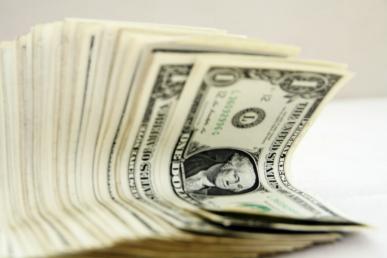While no two “green banks” are exactly the same, the idea behind these government-created financial institutions is to dramatically expand the clean energy market. Rather than providing grants to stimulate clean energy investment, green banks use attractive interest rates and other incentives to leverage money from the private sector.
In addition to offering attractive interest rates, loan-loss reserves, and other market supports, these innovative banks draw on deep expertise from the public and private sectors to help demonstrate the profitability of clean energy investments.
By the end of the year, green banks should be up and running in Connecticut, New York, and Hawaii. We hope that California will follow soon. These states form a vanguard that has recognized the value of using a small amount of public capital to generate significant private investment in clean energy.
It’s working in Connecticut
In 2012, Connecticut created the first green bank, known as CEFIA, in the United States. It did so by combining several state agencies, increasing their responsibility and funding, and leveraging a small amount of public funds to generate lots of private-sector investment. According to CEFIA’s 2013 annual report, for every one dollar of ratepayer funds CEFIA invested, roughly $10 was invested by private sources.
Connecticut’s Property Assessed Clean Energy program accounts for much of this investment. It lets commercial customers finance clean energy upgrades to their buildings through their property tax bill with no money down. Additionally, CEFIA has been able to create an innovative financing solution that is expected to dramatically expand the market for solar projects on commercial properties.
New York’s bank focuses on business
New York’s Green Bank came online late last year, but instead of operating specific programs, New York wants businesses to come to them with clean energy investments. The Green Bank will provide financing support for projects that meet the state’s clean energy goals but can’t be completed with private investment alone. This ensures that the Green Bank will expand the clean energy market by boosting private sector investment.
A social justice angle in Hawaii
Hawaii has announced plans to set up a $150-million green bank called GEMS, expected to launch later this year. Hawaii has the highest electricity prices in the country as the marginal source of generation is diesel fuel. Homeowners with good credit can finance solar projects that significantly reduce their power costs. The Hawaii GEMS program has a social justice bent and will focus on making solar power accessible to renters and homeowners with low credit scores.
Working with the legislature in California
California recently introduced a Senate bill that lays the groundwork for a green bank in early 2015. While there are already many government-sponsored financing programs in the state, the newly proposed green bank would help all of these programs invest more by attracting private capital. In addition, the proposed California Green Bank will have its own money to invest in ways similar to the New York Green Bank.
A different take from New Jersey
And let’s not forget New Jersey, where, earlier this year, Governor Chris Christie announced plans to launch an Energy Resilience Bank. Though technically not a green bank, the Energy Resilience Bank has proposed using federal Superstorm Sandy funds to finance the resiliency component of infrastructure projects that strengthen the state’s electricity grid during extreme weather events.
With four green banks jumpstarting regional clean energy investments, and an Energy Resilience Bank planned in New Jersey, it’s only a matter of time before other states join them in creating these successful public-private partnerships that create new jobs while improving the environment.










